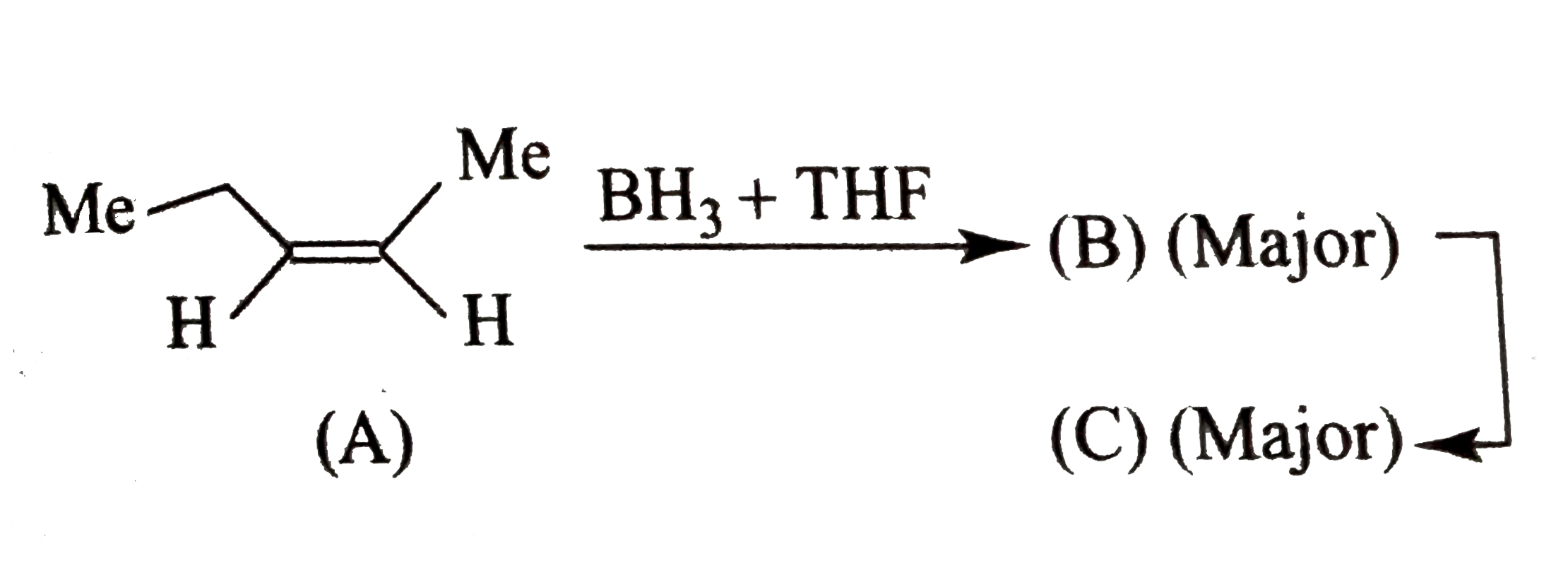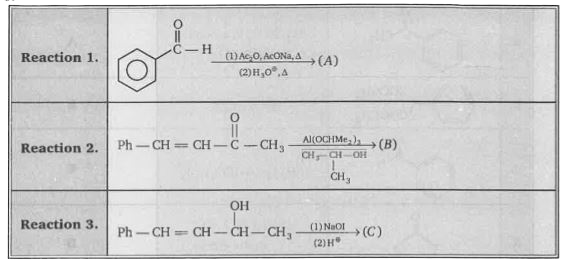Why do nucleophiles (Nu..Θ) add to the (C=C) of α−β-unsaturated carbonyl compounds but not to alkenes ?
To understand why nucleophiles add to the carbon-carbon double bond of alpha-beta-unsaturated carbonyl compounds but not to alkenes, we can break down the explanation into several steps:
Step 1: Understanding Alpha-Beta Unsaturated Carbonyl Compounds
Alpha-beta unsaturated carbonyl compounds have a carbon-carbon double bond (C=C) adjacent to a carbonyl group (C=O). The structure can be represented as R-CH=CH-C(=O)-R', where R and R' are alkyl groups.
Step 2: Nucleophilic Attack on Alpha-Beta Unsaturated Carbonyl Compounds
When a nucleophile (Nu⁻) approaches an alpha-beta unsaturated carbonyl compound, it can attack the carbon-carbon double bond. This results in the formation of a carbanion (C⁻) at the beta position. The electron density from the double bond shifts towards the carbonyl oxygen, creating a resonance-stabilized carbanion.
Step 3: Resonance Stabilization
The carbanion formed during the nucleophilic attack on the alpha-beta unsaturated carbonyl compound is resonance-stabilized. This means that the negative charge can be delocalized over the molecule, particularly involving the carbonyl group. This stabilization lowers the energy of the intermediate, making it more favorable for the nucleophile to add to the double bond.
Step 4: Nucleophilic Attack on Alkenes
In contrast, when a nucleophile approaches a simple alkene (R-CH=CH-R'), the attack on the double bond does not lead to significant resonance stabilization. The nucleophile can form a localized carbanion, but this intermediate lacks the ability to delocalize the negative charge effectively.
Step 5: Stability of Intermediates
The localized carbanion formed from the nucleophilic attack on alkenes is higher in energy and less stable compared to the resonance-stabilized carbanion formed from alpha-beta unsaturated carbonyl compounds. As a result, the nucleophilic addition to alkenes is less favorable.
Conclusion
Nucleophiles preferentially add to the carbon-carbon double bond of alpha-beta unsaturated carbonyl compounds due to the resonance stabilization of the resulting carbanion, which is not available in simple alkenes.
---
Alpha-beta unsaturated carbonyl compounds have a carbon-carbon double bond (C=C) adjacent to a carbonyl group (C=O). The structure can be represented as R-CH=CH-C(=O)-R', where R and R' are alkyl groups.
When a nucleophile (Nu⁻) approaches an alpha-beta unsaturated carbonyl compound, it can attack the carbon-carbon double bond. This results in the formation of a carbanion (C⁻) at the beta position. The electron density from the double bond shifts towards the carbonyl oxygen, creating a resonance-stabilized carbanion.
The carbanion formed during the nucleophilic attack on the alpha-beta unsaturated carbonyl compound is resonance-stabilized. This means that the negative charge can be delocalized over the molecule, particularly involving the carbonyl group. This stabilization lowers the energy of the intermediate, making it more favorable for the nucleophile to add to the double bond.
In contrast, when a nucleophile approaches a simple alkene (R-CH=CH-R'), the attack on the double bond does not lead to significant resonance stabilization. The nucleophile can form a localized carbanion, but this intermediate lacks the ability to delocalize the negative charge effectively.
The localized carbanion formed from the nucleophilic attack on alkenes is higher in energy and less stable compared to the resonance-stabilized carbanion formed from alpha-beta unsaturated carbonyl compounds. As a result, the nucleophilic addition to alkenes is less favorable.
Nucleophiles preferentially add to the carbon-carbon double bond of alpha-beta unsaturated carbonyl compounds due to the resonance stabilization of the resulting carbanion, which is not available in simple alkenes.
Topper's Solved these Questions
- ALIPHATIC AND AROMATIC ALDEHYDES AND KETONESBOOK - CENGAGE CHEMISTRY ENGLISHCHAPTER - ALIPHATIC AND AROMATIC ALDEHYDES AND KETONESEXERCISE - Solved Examples
13 Videos
- ALIPHATIC AND AROMATIC ALDEHYDES AND KETONESBOOK - CENGAGE CHEMISTRY ENGLISHCHAPTER - ALIPHATIC AND AROMATIC ALDEHYDES AND KETONESEXERCISE - Exercises Subjective
52 Videos
- ALCOHOL,PHENOL AND ETHERSBOOK - CENGAGE CHEMISTRY ENGLISHCHAPTER - ALCOHOL,PHENOL AND ETHERSEXERCISE - Archives Analytical And Descriptive
15 Videos
- APPENDIX INORGANIC VOLUME 2BOOK - CENGAGE CHEMISTRY ENGLISHCHAPTER - APPENDIX INORGANIC VOLUME 2EXERCISE - Short Answer Type
179 Videos
Similar Questions
Knowledge Check
The process whereby a hydrogen atom attached to the α−carbon of carbonyl compound moves to the carbonyl oxygen atom is known as enolization or keto-enol tautomerism. Isomeric carbonyl and enol structure are tautomers.
−H∣C∣−CO//\Carbonyl⇔\/C=COH/\Enol KT=[enol][carbonyl]
Normally, the carbonyl form is favoured but structural factor marked affect KT.
Which of the following compounds will not exhibit enolization?A BCH3−O∣∣C−CH3C
BCH3−O∣∣C−CH3C DPh−O∣∣C−CH3
DPh−O∣∣C−CH3The process whereby a hydrogen atom attached to the α−carbon of carbonyl compound moves to the carbonyl oxygen atom is known as enolization or keto-enol tautomerism. Isomeric carbonyl and enol structure are tautomers.
−H∣C∣−CO//\Carbonyl⇔\/C=COH/\Enol KT=[enol][carbonyl]
Normally, the carbonyl form is favoured but structural factor marked affect KT.
Which of the following has least value of KT?A B
B CCH3−O∣∣C−C∣∣O−CH3DCH3−O∣∣C−CH2−O∣∣C−CH3
CCH3−O∣∣C−C∣∣O−CH3DCH3−O∣∣C−CH2−O∣∣C−CH3Since, Grignard seagents resemble carbanion, so they are strong nucleophile and strong base. Their most useful nucleophilic reaction is addition to carbonyl group.

Arrange the following compounds in decreasing order of nucleophilic addition reaction :
CH3−O∣∣C(P)−H CH3−O∣∣C(Q)−CH3 Cl−O∣∣C(R)−Cl
 AR>P>S>QBP>Q>R>SCQ>R>S>PDR>S>P>Q
AR>P>S>QBP>Q>R>SCQ>R>S>PDR>S>P>Q
Epoxides of α,β-unsaturated carbonyl compounds can be formed by peroxy acid as well as with H2O2/OΘH. Explain the formation of epoxides in both cases.
View Solutioni. (A), a compound with lowest number of C atoms, is unsaturated hydrocarbon and is optically active.
ii. (B), a compound with lowest number of C atoms, is unsaturated hydrocarbon and shows diastereomerism.
iii. (C), a compound with lowest number of C atoms and unsaturated hydrocarbon, shows both optical and geometrical isomerism.
Following is the reaction sequence of A, B, and C.
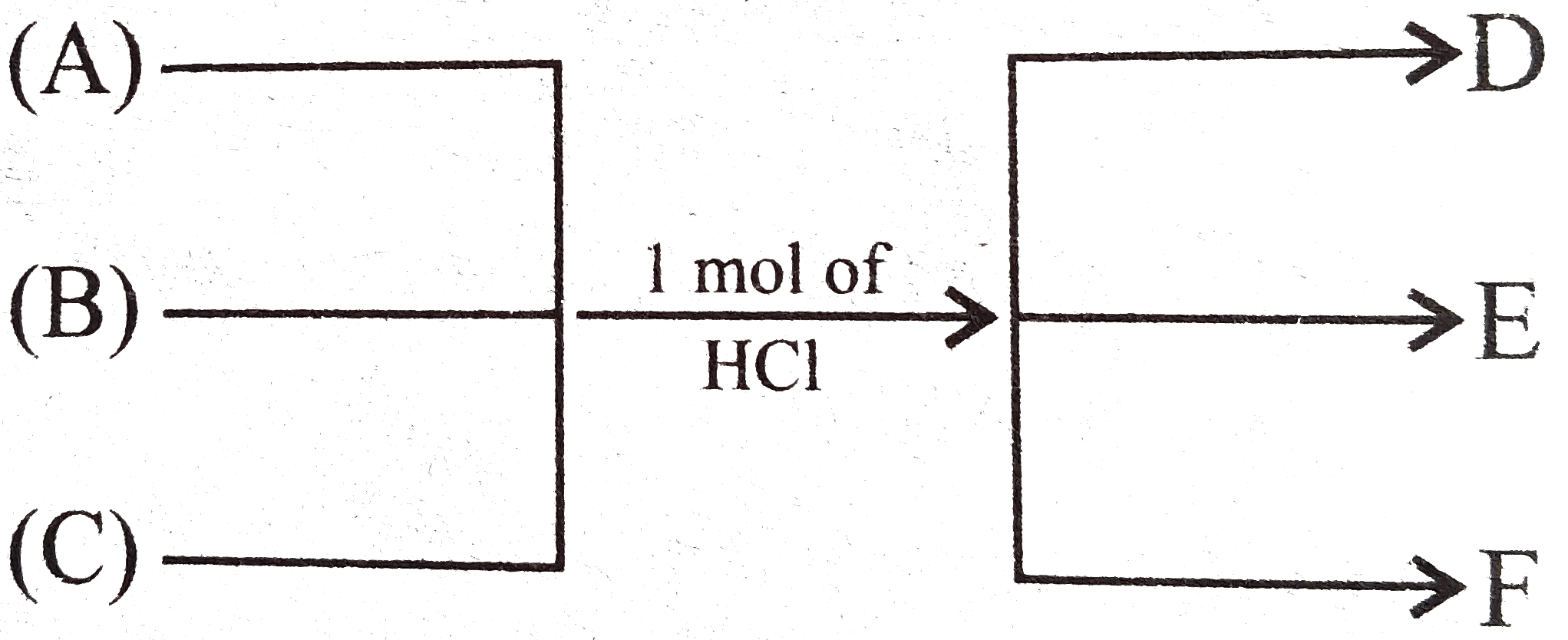
The structure of compound (C) is:
View SolutionAlkenes
 and carbonyl compounds
and carbonyl compounds 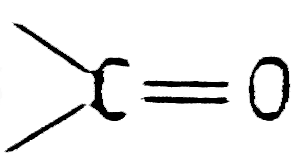 both contain a π bond but alkenes show electrophilic addition reactions whereas carbonyl compounds show nucleophilic addition reactions. Explain.
both contain a π bond but alkenes show electrophilic addition reactions whereas carbonyl compounds show nucleophilic addition reactions. Explain.
View SolutionExplain:
a. α-Halocarbonyl compounds, even the 3∘ types like , do not undergo SN1 reaction.
, do not undergo SN1 reaction.
b. Which is more reactive: (i) PrCI or (ii) MeCOCH2CI with NaI/acetone ?
c. Acetals and ketals are regenerated back to carbonyl. compounds with H3O⊕ but not with ΘOH.
d. Cyclohexane is more reactive than cyclopenatone with HCN.
View SolutionThe addition reaction of enol or enolate to the carbonyl function of aldehyde or ketone is known as aldol addition. The β- hydroxyaldehyde or β- hydroxyketone so obtained undergo dehydration in second steo to produce a conjugated enone. The first part of reaction is an addition reaction and the second part is an elimination reaction. Carbonyl compound having α- hydrogen undergoes aldol condensation reaction.
2CH3CH2−O∣∣C−HϴOH−−−−−→ΔCH3CH2CH=C∣CH3−O∣∣C−H
Mechanism:
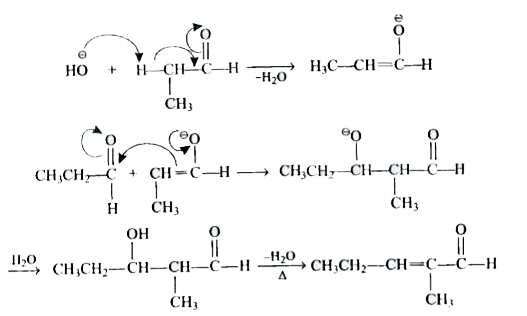
Whcih of the following will give aldol condensation?
View Solution

